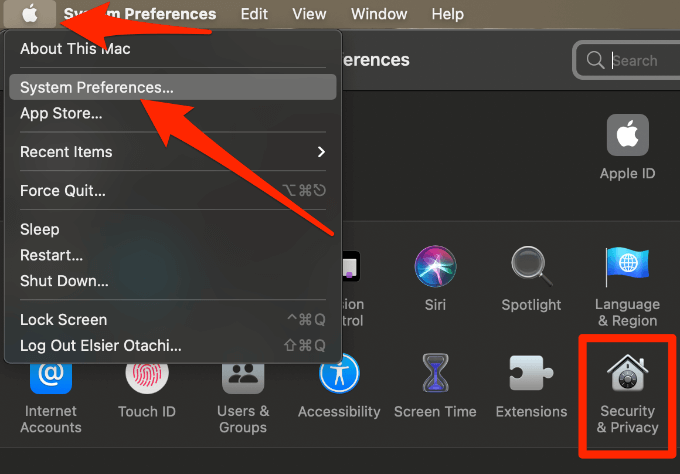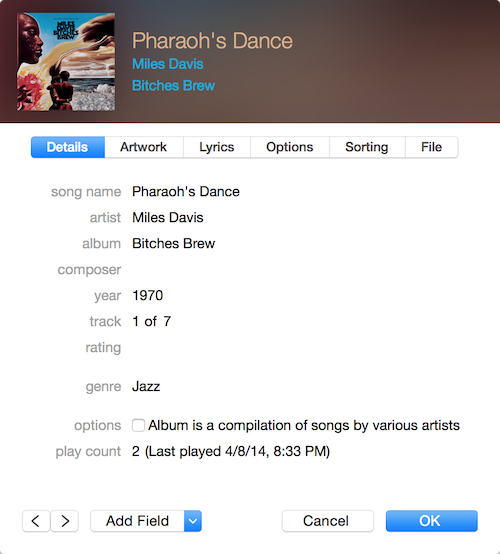
The chmod command runs in two modes – absolute and symbolic mode. It has hundreds of different options (type man chmod in Terminal to view it’s help files), but we’ll concentrate on the simplest ones in this tutorial. The chmod command is the easiest way to do this. The next step is to actually change the file permissions to whatever you want. -rwxrwxrwx means that read, write and execute permissions are enabled for Users, Groups and Others.


You should see the list of files in the current directory along with all the relevant file permissions for each item in the directory, as shown below. Inspect the current file permissions by typing in the ls command with the -l option to show in the long format, for example: Note that you will need to use quotes around filenames only if the item you want to edit contains a space, as it does in this case.ģ. Rolys-MacBook-Pro: ~roly$ cd “work/chris writes”.At the command prompt, use the cd command (which means change directory) by typing in the text indicated below in bold followed by the Enter/Return key. Navigate to the folder where the file, folder or application you want to change resides. A terminal window should open, but if not you can use CMD + N to open a new one or just choose New Window from the Shell menu. You’ll notice that the command prompt (which is where you enter commands) is labelled with the name of your Mac, the current folder and your user name. Open Terminal (type Terminal into Spotlight or open from the Applications -> Utilities folder). In this example we’ll use a temporary folder called My Folder on which to demonstrate the various file permissions options.ġ.
#Repair itunes security permissions for mac how to#
Set user permissions in Finder's Info panel How To View File Permissions Now that you know how to edit permissions in Finder, read on to find out how it can be done in Terminal. Add or delete user names (under the Name column) and choose the permissions you want (under the Privilege column)

Select Get Info ( CMD + I) and inspect the Sharing & Permissions section at the bottom of the Info panelģ. Select a file, folder or application in FinderĢ. Through Terminal, you have a lot of control over permissions, but at a basic level you can set them in Finder as follows:ġ. Permissions are usually assigned per User, Group, or Others and may have attributes such as read, write, and execute. To make files invisible, follow this tutorial).

You might even want to delete all permissions for a particular user so that the file cannot even be opened (though it will still be visible in Finder. For example, it’s possible to set read only access to files and folders so that they can’t be changed or deleted by mistake. File permissions permit users different types of permissions to read and write files.


 0 kommentar(er)
0 kommentar(er)
